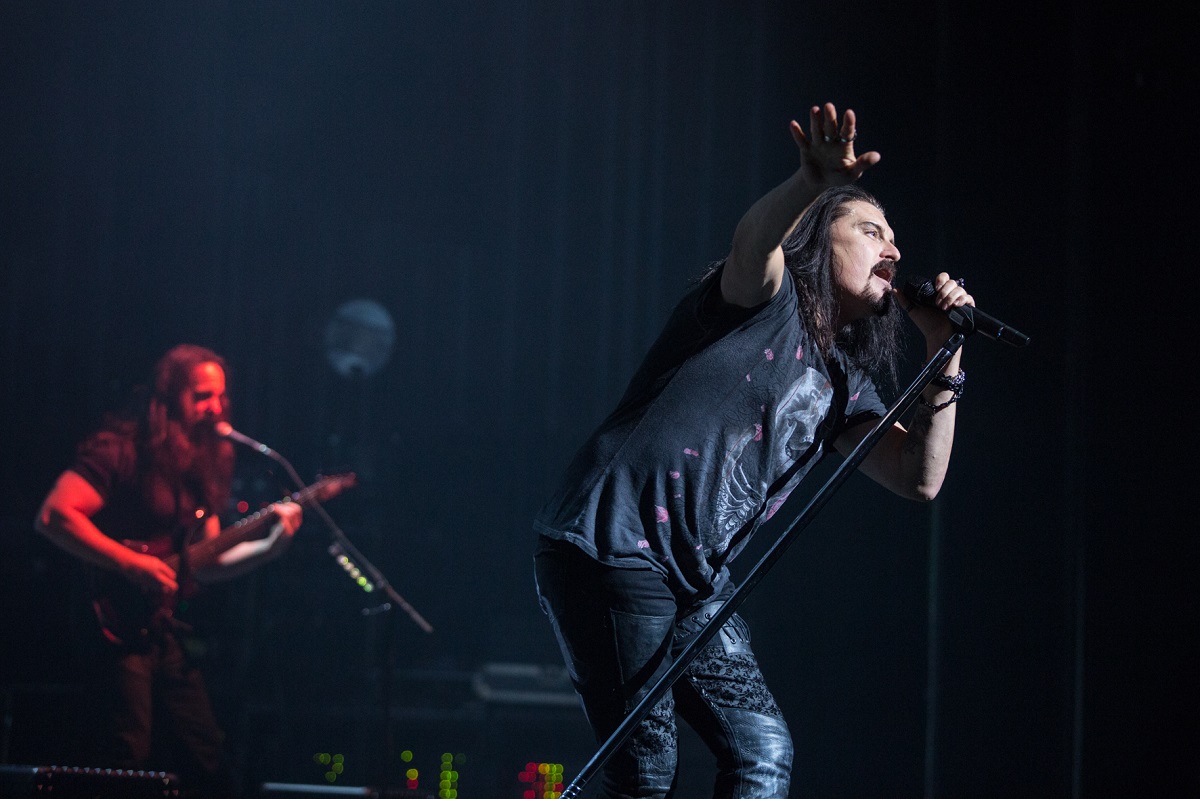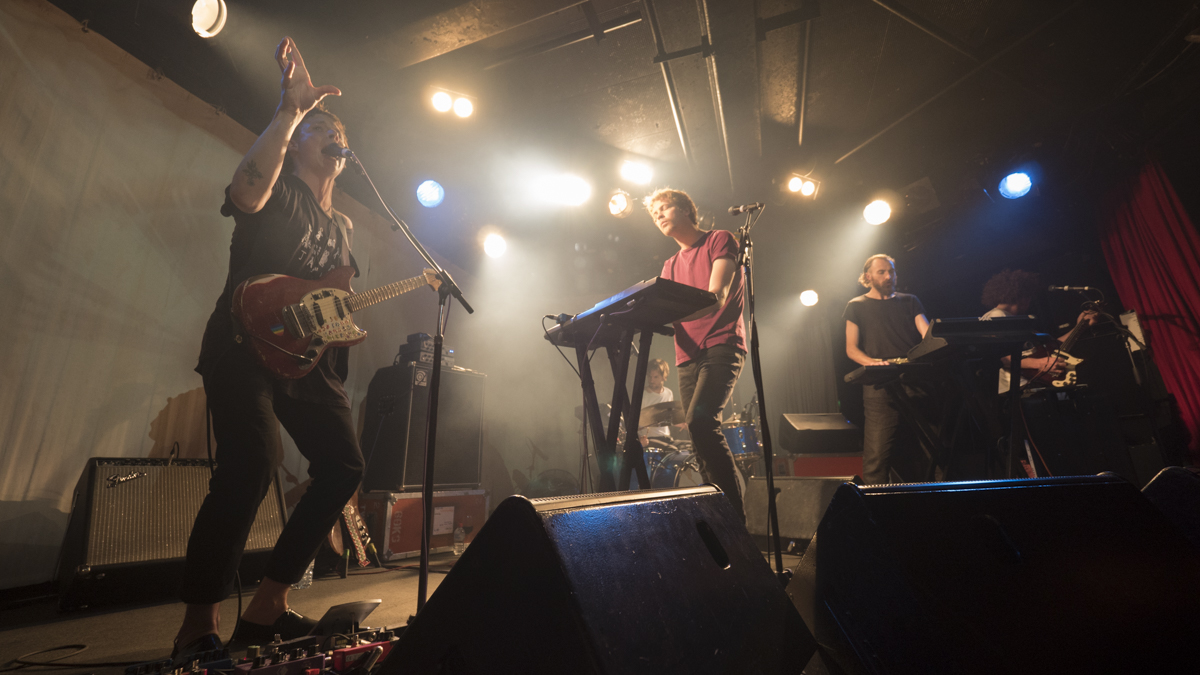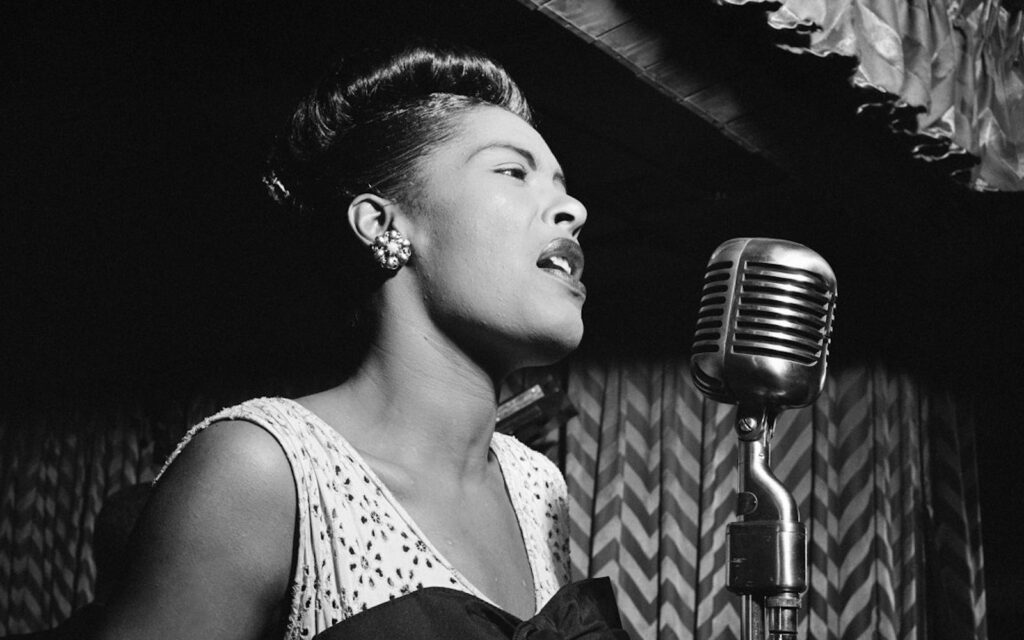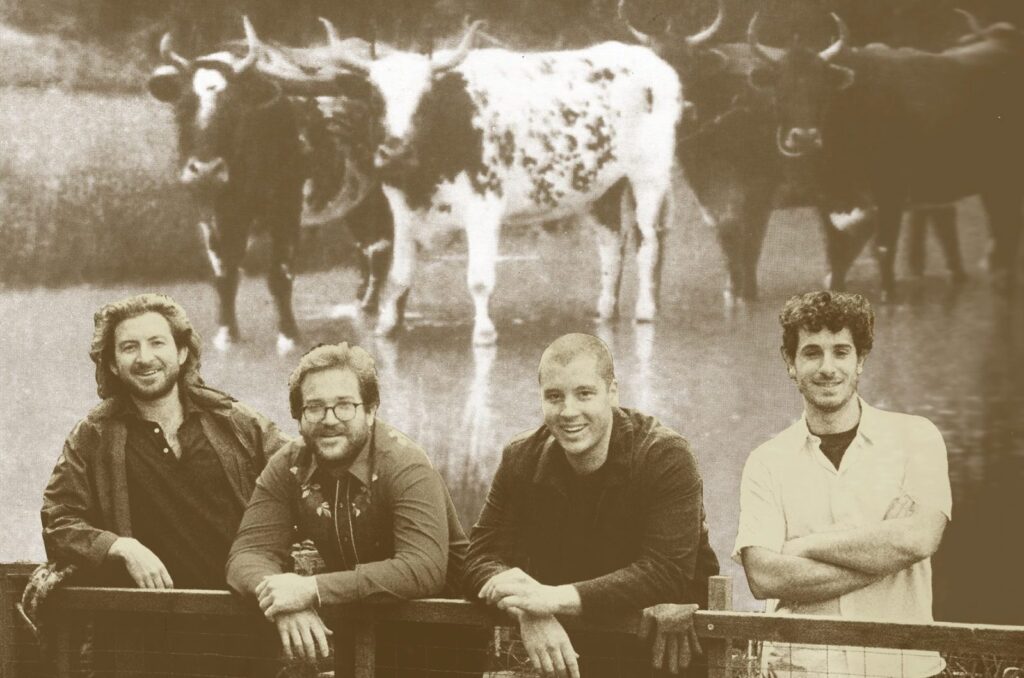Dream Theater are exceptional at striking the balance between following their muse and giving the fans what they want. Albums like The Astonishing – a two-disc set with characters and a storyline – are passion projects that keep the band feeling fresh and creative, but they know that their fans also have their favourites, and sometimes you’ve got to embrace that.
Where Dream Theater is especially lucky compared to many bands who do the ‘play an entire classic album’ thing is that their fans expect – if not outright demand – a degree of deviation from the recorded versions. So on this tour, which sees the band play their 1992 classic Images & Words in full, we were treated not to a verbatim rehash of the original record but to a reflection of what it would sound like if the Dream Theater of today were to record it, with two different key band members and 25 years of experience between then and now.
The first set of the night was made up of material from the late ‘90s onwards: the earliest song was Falling Into Infinity instrumental Hell’s Kitchen. We were taken through a prog-metal-heavy set that includes The Dark Eternal Night, As I Am and a few tracks from The Astonishing as well as The Bigger Picture and Breaking All Illusions from the first two Mike Mangini albums.
After an intermission, the second set was all Images & Words, intro’d with a little audio mashup of where the world was in 1992. It really showed how different that record was from anything else at the time. Progressive and unashamedly virtuosic at a time when rock was being stripped back, but with a definite post-Metallica aggressiveness to the rhythm guitars. Images & Words laid the foundations for everything Dream Theater would go on to do, from the big epics to the more straightforward tracks to the full-on metal of albums like Train of Thought.
It was enlightening to hear how the songs have evolved over the years, especially with the influence of Mike Mangini on drums. Guitarist John Petrucci stayed largely faithful to the original solos but he had fun with different phrasing and rhythmic choices here and there. Vocalist James LaBrie seemed to be having the time of his life, stalking the stage and bantering in a way that he never did while Mike Portnoy was in the band (no slight on Portnoy: he’s just a huge personality to try to share a stage with!).
LaBrie didn’t try to hit the super high notes anymore, but he’s sculpted new melodies that worked just as well with the songs, and on this tour the band had chosen to use pre-recorded backing vocals (in addition to John Petrucci’s live harmonies), a common practice for many bands but a surprising one for Dream Theater. Yet it worked, and it was a nice way of honouring the original arrangements without being too on-the-nose about it. LaBrie’s story about keyboard player Jordan Rudess’s roundabout way into the band was equal parts sweet and funny – and probably an apology of sorts for the earlier story about Rudess having a run-in with a potentially deadly Australian insect in the dressing room right before the show.
The encore was the band’s entire 23-minute epic A Change Of Seasons, performed with almost shocking intensity – and this was the first Australian tour to include this landmark track, so it was incredibly well-received. In fact, Dream Theater probably could have mounted a separate A Change Of Seasons And More tour and fans would have flocked on the strength of that one song alone.
Having it included as the finale of a night that featured all of Images & Words felt like an insanely special treat.
Highlight: James LaBrie’s story about a bug attacking Jordan Rudess right before the show.
Lowlight: Why did the Palais smell like coffee?
Crowd Favourite: Mike Mangini’s ridiculously fun drum solo.







